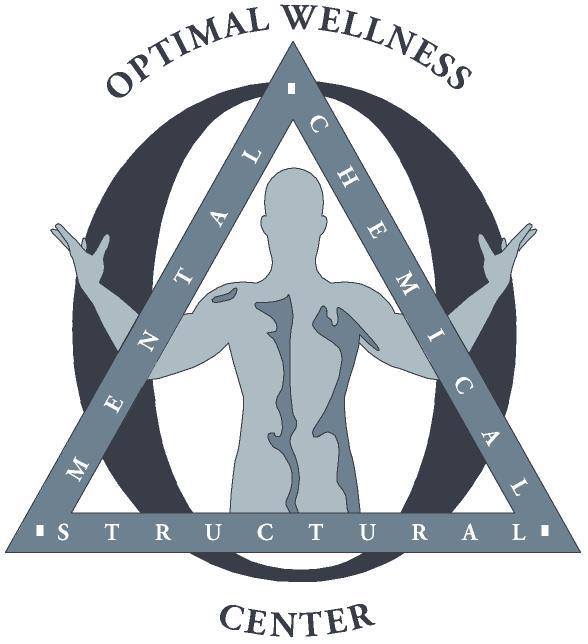Types of Back Injuries: Understanding Causes, Symptoms, and Treatments
Back injuries are a prevalent issue, impacting people of all ages and activity levels. Understanding the various types of back injuries can help you identify symptoms, seek proper treatment, and prevent further damage. In this article, we'll explore the different types of back injuries, or “kinds of back injuries,” their causes, and potential treatment options.
Common Types of Back Injuries
Back injuries are categorized based on the structures they affect, such as muscles, bones, discs, or nerves. Below are some of the most common types of back injuries.
1. Sprains and Strains
Sprains and strains, often referred to as “soft tissue injuries,” are among the most frequent types of back injuries. A sprain involves overstretching or tearing ligaments, while a strain involves overstretching or tearing muscles or tendons. Symptoms of sprains and strains can include:
Pain that worsens with certain movements
Muscle spasms
Stiffness
Difficulty standing up straight or bending
These injuries are usually manageable with rest, ice, compression, and elevation (RICE) and can improve within a few days or weeks.
2. Herniated or Bulging Discs
When the discs that cushion the vertebrae in your spine are damaged, they can bulge or herniate, pressing on nearby nerves. This condition, also known as a “slipped disc,” can cause pain and discomfort, particularly if it compresses spinal nerves. Symptoms of a herniated or bulging disc include:
Pain radiating down the arms or legs
Numbness or tingling
Muscle weakness
Limited mobility
A herniated disc can be treated with physical therapy, pain management, or, in severe cases, surgery.
3. Fractured Vertebrae
Fractured vertebrae, also known as compression fractures, occur when there are cracks or breaks in the vertebrae. These fractures are often the result of trauma from falls, accidents, or osteoporosis. Symptoms may include:
Sharp or constant back pain
Loss of height
Hunched posture
Fractures can require a range of treatments, from bracing to surgery, depending on severity.
4. Degenerative Injuries
As we age, the spine undergoes wear and tear, which can lead to degenerative conditions such as:
Spinal stenosis: Narrowing of the spinal canal
Degenerative disc disease: Gradual deterioration of discs
Osteoarthritis: Wearing away of joint cartilage
Symptoms can include chronic pain, stiffness, and loss of range of motion. Physical therapy, pain management, and in severe cases, surgical intervention, may be needed.
5. Structural Issues and Abnormalities
Several structural problems can lead to back injuries and discomfort, including:
Sciatica: Pain from irritation of the sciatic nerve, typically radiating down one leg
Abnormal spine curvatures: Such as scoliosis or kyphosis
Osteoporosis: Weakens bones, increasing the risk of fractures
These conditions often require specialized care, including physical therapy, pain management, or surgery.
Types of Back Sprains
Back sprains can affect different muscle groups that support the spine, including:
Extensors: Muscles that help us stand and lift
Flexors: Muscles used for bending forward
Obliques: Side muscles that assist with rotation
Lower back sprains are particularly common, as this area supports the weight of the upper body. Symptoms of lower back sprains may include:
Radiating pain that does not extend to the legs
Muscle stiffness and spasms
Reduced range of motion
Difficulty holding a normal posture
Sprains in these muscles can result from sudden movements, heavy lifting, or prolonged poor posture.
Symptoms of Different Kinds of Back Injuries
Symptoms of back injuries vary widely based on the injury's type and severity. General symptoms may include:
Pain in the upper, mid, or lower back
A shooting, burning, or stabbing sensation
Limited range of motion
Muscle spasms or cramping
Bruising, swelling, or tenderness
Serious injuries may cause pain that radiates to other areas, such as the legs or arms, along with tingling or numbness.
How to Tell if Lower Back Pain is Muscle or Disc Related
Determining the source of lower back pain is essential for proper treatment. Disc-related pain often involves:
Difficulty walking or twisting
Pain when sneezing or coughing
Tingling or loss of sensation
Muscle strain symptoms may include:
Localized swelling
Cramping or muscle spasms
Pain that improves with rest
If you’re uncertain, consult a medical professional for accurate diagnosis and tailored treatment.
Treatment Options for Back Injuries
Treatment varies based on the type of back injury. Here are some common options:
Rest and RICE (Rest, Ice, Compression, Elevation): Effective for minor strains or sprains.
Physical Therapy: Aids in recovery by strengthening muscles and improving mobility.
Pain Management: Over-the-counter medications, heat, or cold therapy can reduce discomfort.
Chiropractic Care: Helps to realign the spine and relieve pressure on nerves.
Shockwave Therapy: Uses sound waves to stimulate tissue healing and relieve pain, often used for chronic soft tissue injuries and inflammation.
Spinal Decompression Therapy: A non-surgical method that gently stretches the spine, relieving pressure on spinal discs and alleviating nerve pain.
Massage Therapy: Relieves muscle tension and promotes circulation.
Surgery: A last resort for severe conditions like fractures or degenerative disc disease.
Do Back Injuries Heal Themselves?
Minor back injuries may heal with time and proper self-care. However, seeking treatment can help ensure complete recovery and prevent recurring issues. Ignoring back pain can lead to chronic pain and mobility limitations, so it’s essential to consult a professional if the pain persists.
When is Surgery Needed?
Surgery is typically a last-resort treatment for back injuries, reserved for cases where conservative methods have not been successful. Conditions that might require surgery include:
Severe herniated discs
Spinal stenosis
Vertebral fractures
Degenerative disc disease
Your doctor will consider various factors, including overall health and lifestyle, before recommending surgery.
Final Thoughts
Back injuries are varied and can range from mild to severe. Knowing the types of back injuries and their symptoms can help you get timely and effective treatment. Whether you’re dealing with a sprain, disc problem, or structural issue, seeking professional guidance is essential for managing pain and promoting recovery.
